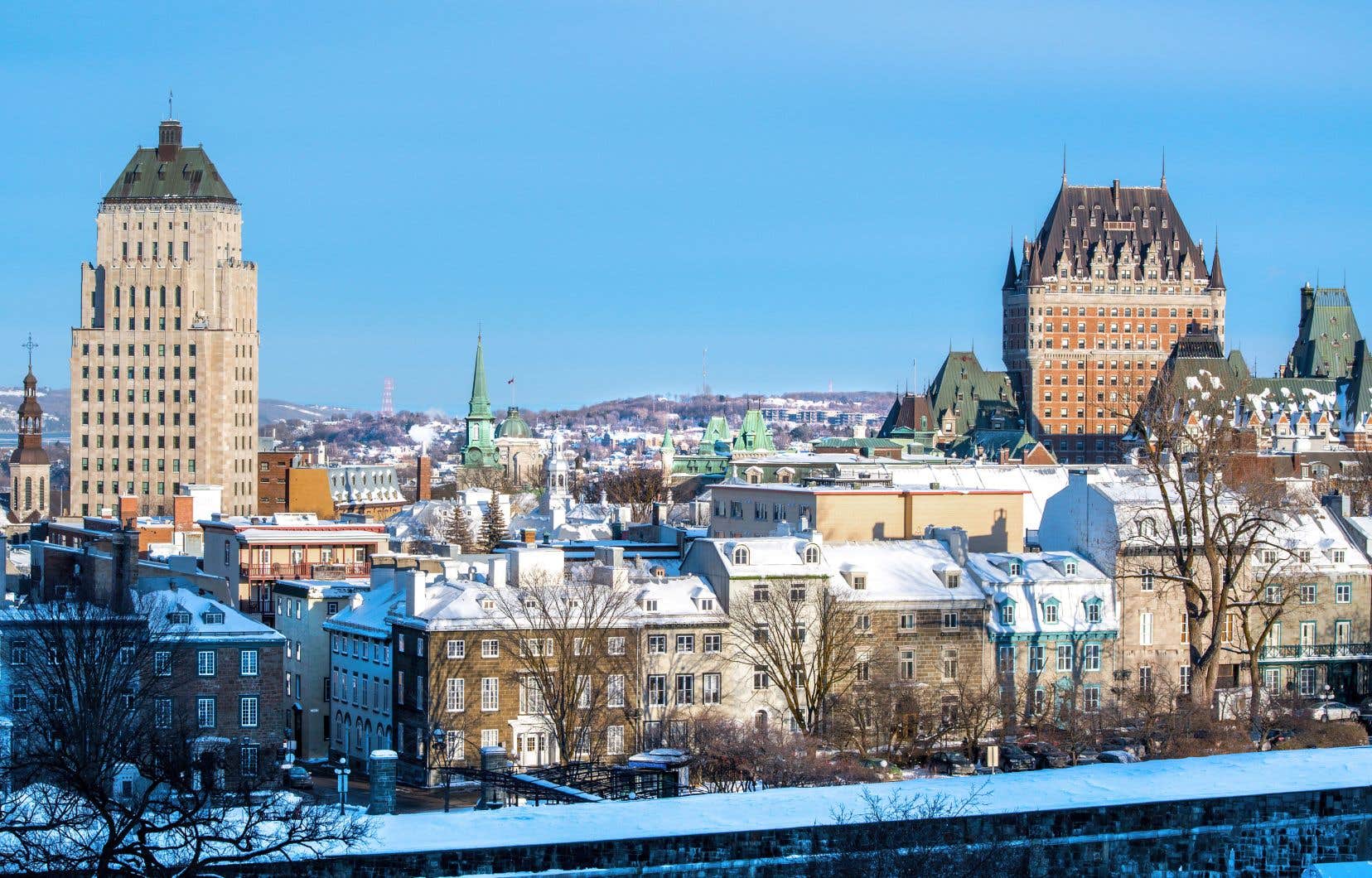Faced with citizen opposition to social housing projects, the City of Quebec asked three university researchers to measure the impact of the presence of this type of unit on the value of properties located near them. Result: in many cases, social housing does not make sectors in urban areas less attractive on the real estate market, on the contrary.
“We were approached by the City of Quebec because it was making plans to develop social housing and each time it went to present projects to the population, it always received questions and a certain fear. And the biggest argument presented by people for not having social housing next to their homes is that it will reduce the value of their house, “says the associate professor at the École supérieure d’aménagement of the territory and regional development of Laval University, Jean Dubé, in an interview at the Duty Friday.
He and two of his college professors at Laval University and the University of Quebec at Rimouski therefore tried to verify whether this popular belief, according to which social housing lowers the value of surrounding properties, is founded. They first came up against contradictory studies on an international scale.
“In the United States and Australia, some studies find a negative relationship between proximity to social housing and residential values, while others have shown the opposite,” say the results of their research, summarized in an article published Thursday by the Center interuniversitaire de recherche en analyze des organizations (CIRANO), where Mr. Dubé is a researcher. Some studies have shown that the construction of social housing buildings “stimulates densification and urbanization and feeds the demand for housing while attracting new commercial activities”, which thus has the effect of increasing the value houses in the area concerned.
In short, “we had no clear conclusions”, summarizes Jean Dubé.
The case of Quebec
To see more clearly, the three researchers obtained from the City of Quebec a list of more than 80,000 real estate transactions carried out between 2004 and 2020, a period during which 157 new social housing buildings were built in the capital. of the province. They then limited their analysis to transactions involving homes located at most two kilometers from social housing and which were the subject of multiple transactions during the given period.
The researchers found that in downtown Quebec City, the construction of a social housing building helps to increase the value of neighboring properties. “In the case of a new social housing building of 70 residential units located 50 meters from an existing private residence, the maximum premium on the value of the houses is between 2.9% in the city center”, write Researchers.
This situation would be related in particular to the fact that the construction of social housing buildings in the heart of Québec contributes to the densification of the sector, and therefore to increase demand on a real estate market with a limited capacity due to the surface area of the sector. The construction of social housing in the city center, by bringing in new residents, also stimulates the commercial vitality of the sector. “It’s probably that, in part, that brings the values up,” analyzes Jean Dubé.
The opposite in the suburbs
However, the study notes that a building of 70 social housing units built 15 kilometers from the city center reduces the value of neighboring properties by an average of 4.9%.
“In the city center, the proximity of new social housing translates into an increase in real estate values, while for the northern sectors of the city, the premium is generally negative”, notes the CIRANO publication. In the suburbs, this decrease in property values will however be less if the nearby social housing building is smaller, while the beneficial effect on the values of neighboring properties will, conversely, be greater in the city centre. city the denser the built social housing building.
Differences in the urban planning of downtown Quebec and its suburbs could explain the different impacts of the arrival of social housing in these two sectors, according to Jean Dubé. “If we make a building of 69 social housing units, in the city center, it blends in well with the decor”, because of the density of the sector, he notes. “But if we do the same in the suburbs, it breaks quite a bit with the landscape and with what we are used to seeing in the neighborhoods, continues Mr. Dubé. This is probably what translates into negative effects on residential values. »
The three researchers therefore recommend that the City of Quebec ensure that the architecture chosen for its social housing buildings integrates well with that of neighboring buildings in order to make their “identification” more difficult for residents of the sectors concerned. “It removes the image of ghettoization that we can have” of social housing, notes Jean Dubé.
